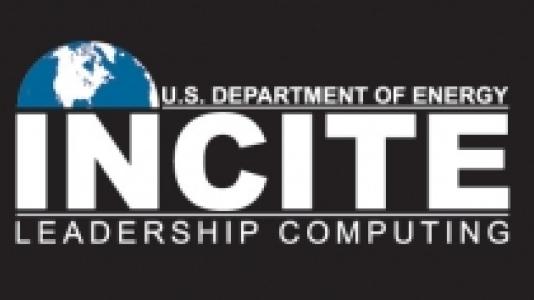
A team of researchers from Boeing Commercial Airplanes, Argonne National Laboratory, and the University of Illinois at Urbana-Champaign has been awarded supercomputer time through the U.S. Department of Energy Innovative and Novel Computational Impact on Theory and Experiment (INCITE) program.
Aerodynamic flows such as those over airplane wings generally are characterized by high Reynolds number and regions of flow separation. Although Reynolds-averaged Navier-Stokes turbulence models have been developed, most simulations of separated flows involve lower Reynolds values where the flow is not fully turbulent.
With the INCITE award, the team will develop direct numerical simulation techniques to simulate flows that gets them over the current “speed bump” that is limiting accurate predictions. “The team will exploit leadership-class computer resources and a new GPU-targeted flow code, NekRS, to simulate the flow at Reynolds numbers twice as large as the current state of the art,” said Misun Min, a computational scientist in Argonne’s Mathematics and Computer Science Division and one of the members of the project. The simulated flows will be fully turbulent, providing a scenario in which the boundary layer responds to pressure gradient and surface curvature, leading to separation.
The advanced simulations are viewed as critical for emulating an airplane’s high-lift system with greater accuracy prior to flight test.
For further information about the INCITE award, view this document, and search for the project “Direct Numerical Simulation of Separated Flow over a Speed Bump at Higher Reynolds Number.” The project principal investigator is Philippe Spalart (retired, Boeing Aircraft). Co-investigators are Ramesh Balakrishnan, Aleks Obabko, and Misun Min (Argonne National Laboratory) and Paul Fischer (University of Illinois at Urbana-Champaign).